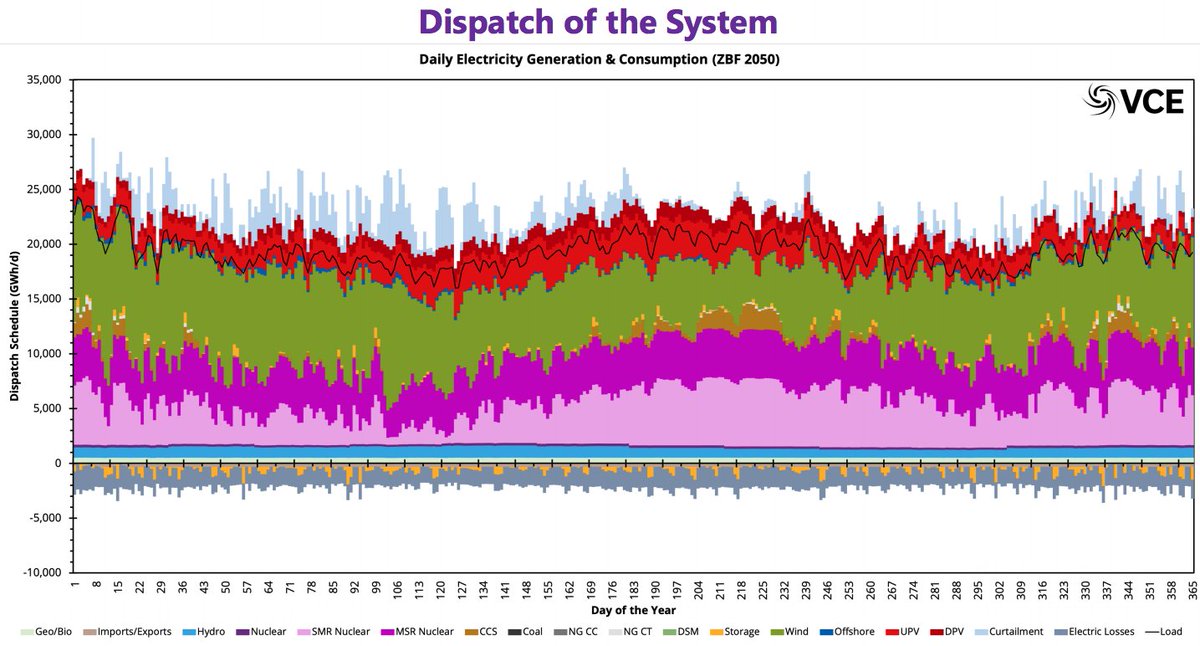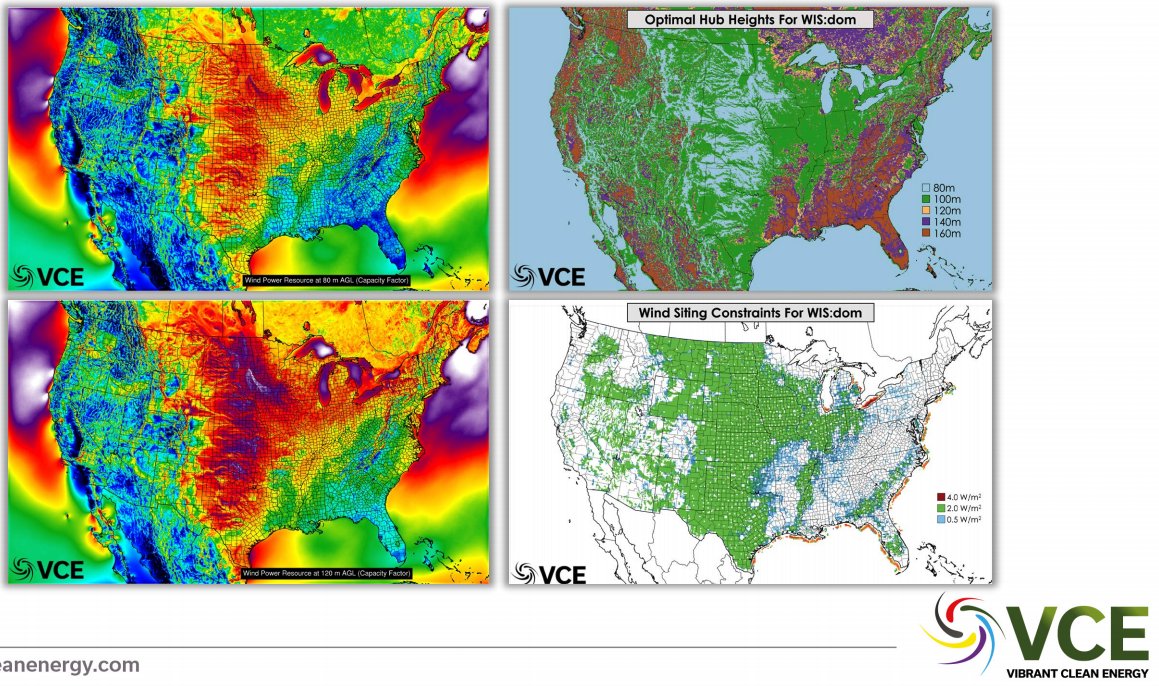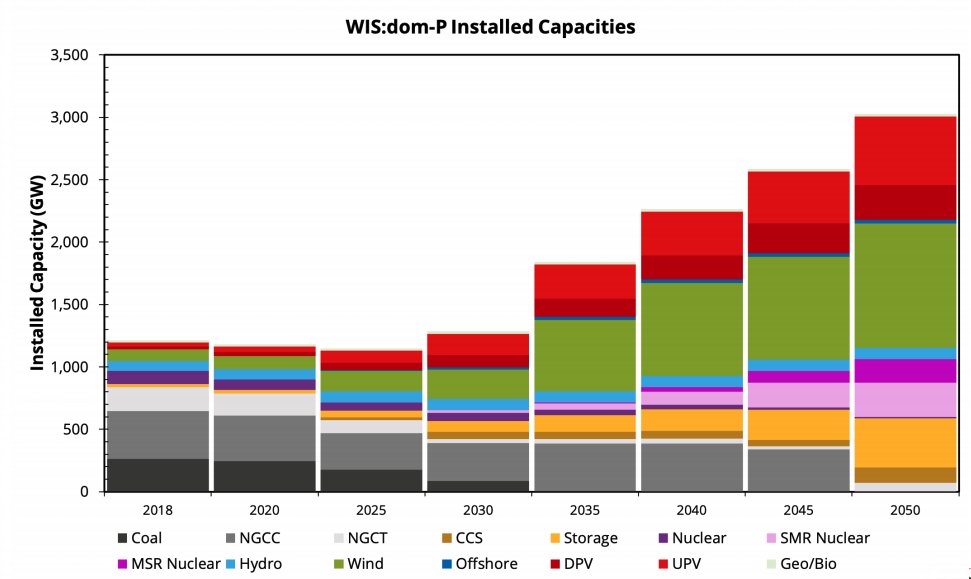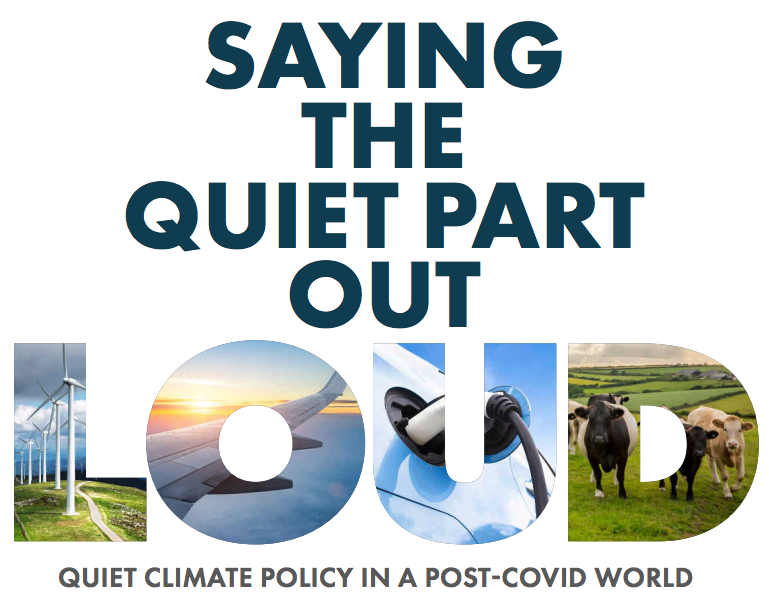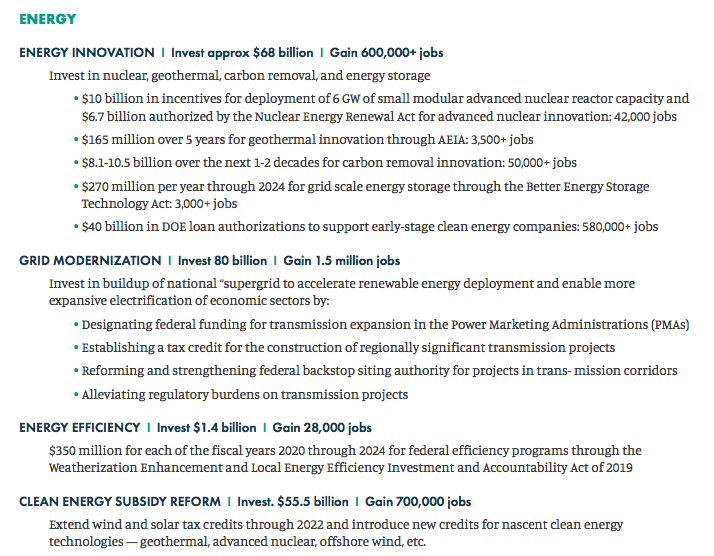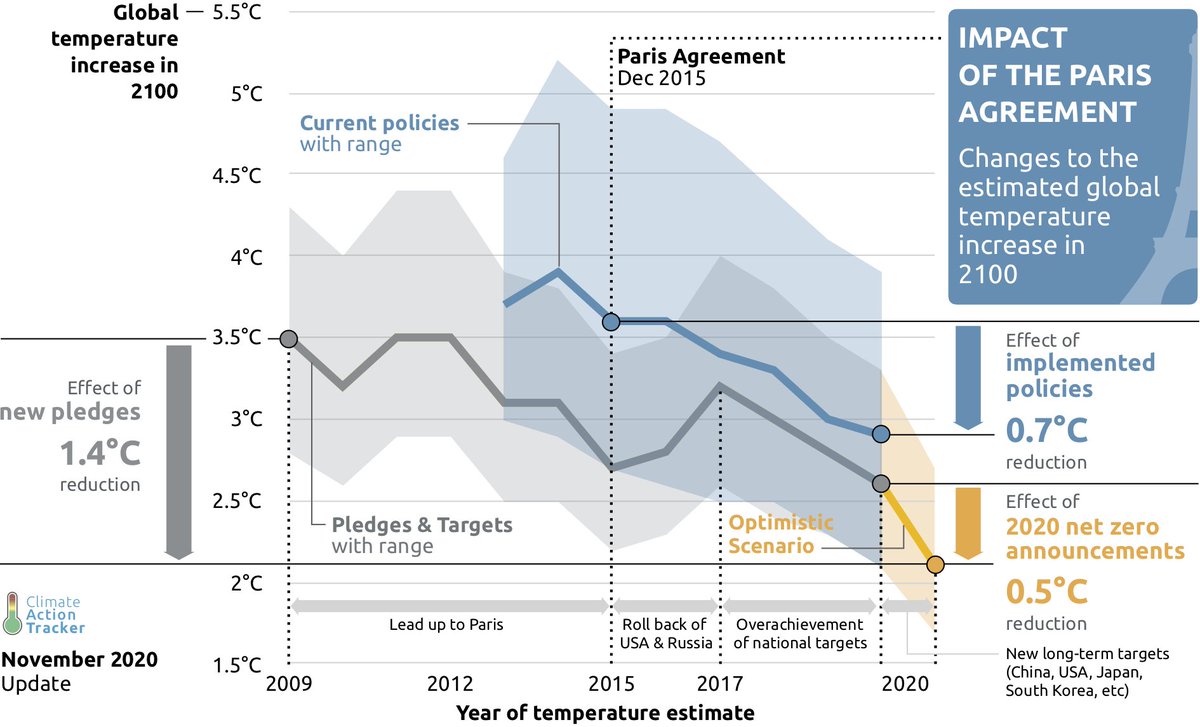
Meeting Paris Agreement climate targets will involve building a lot of big clean energy projects extremely quickly. We need to streamline permitting, remove barriers, and take the power away from NIMBYies to gum up the works if we want any hope of a rapid energy transition 

We are talking about some large-scale land use changes happening in a 30-year timeframe; here is what the region around St. Louis might look like in 2050, for example: 

Similarly, we will require a huge amount of new transmission to help balance out generation and demand in a high renewable future: 

Its hard to imagine how this will happen in the timeframes envisioned if local opposition can easily hold up the development of projects, as we are already seeing today with transmission and wind development.
Charts and graphs from the Princeton Net-Zero America Project, though other energy transition models have similar scale deployments of these technologies: acee.princeton.edu/rapidswitch/pr…
• • •
Missing some Tweet in this thread? You can try to
force a refresh

